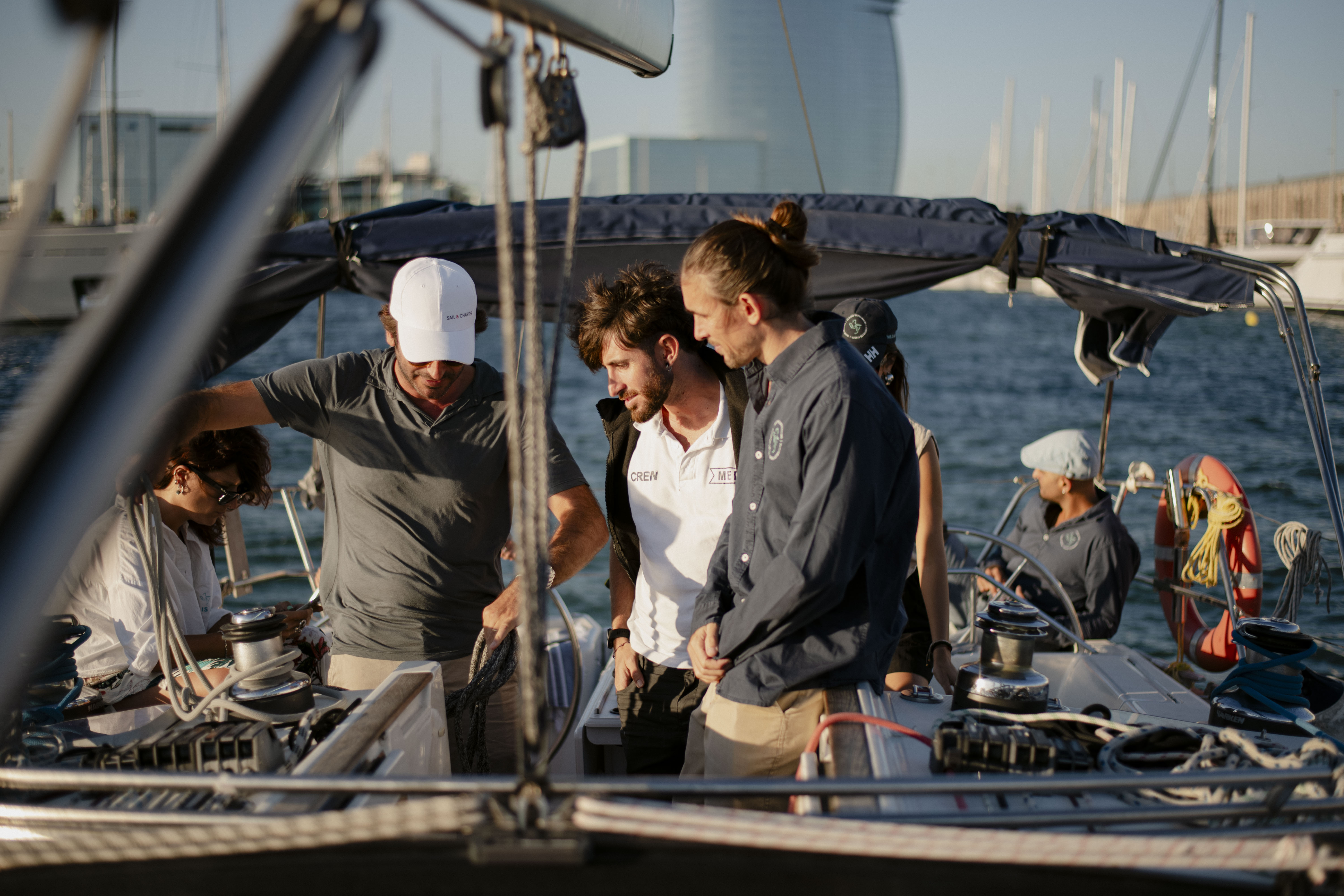
When is the Sailing America's Cup in Barcelona?
See more
July 1, 2024
What is the Sailing America's Cup or America’s Cup?
The Sailing America's Cup, also known as the America's Cup, is the oldest and most …

The Sailing America's Cup, also known as the America's Cup, is the oldest and most …



The day father’s receive all the gifts is almost here! Many times we usually give the same things, such as clothes, wine, champagne, photos, …






In This is Med we have a very direct union with the MEDiterranean Sea and our passion for it is the basic concept of …